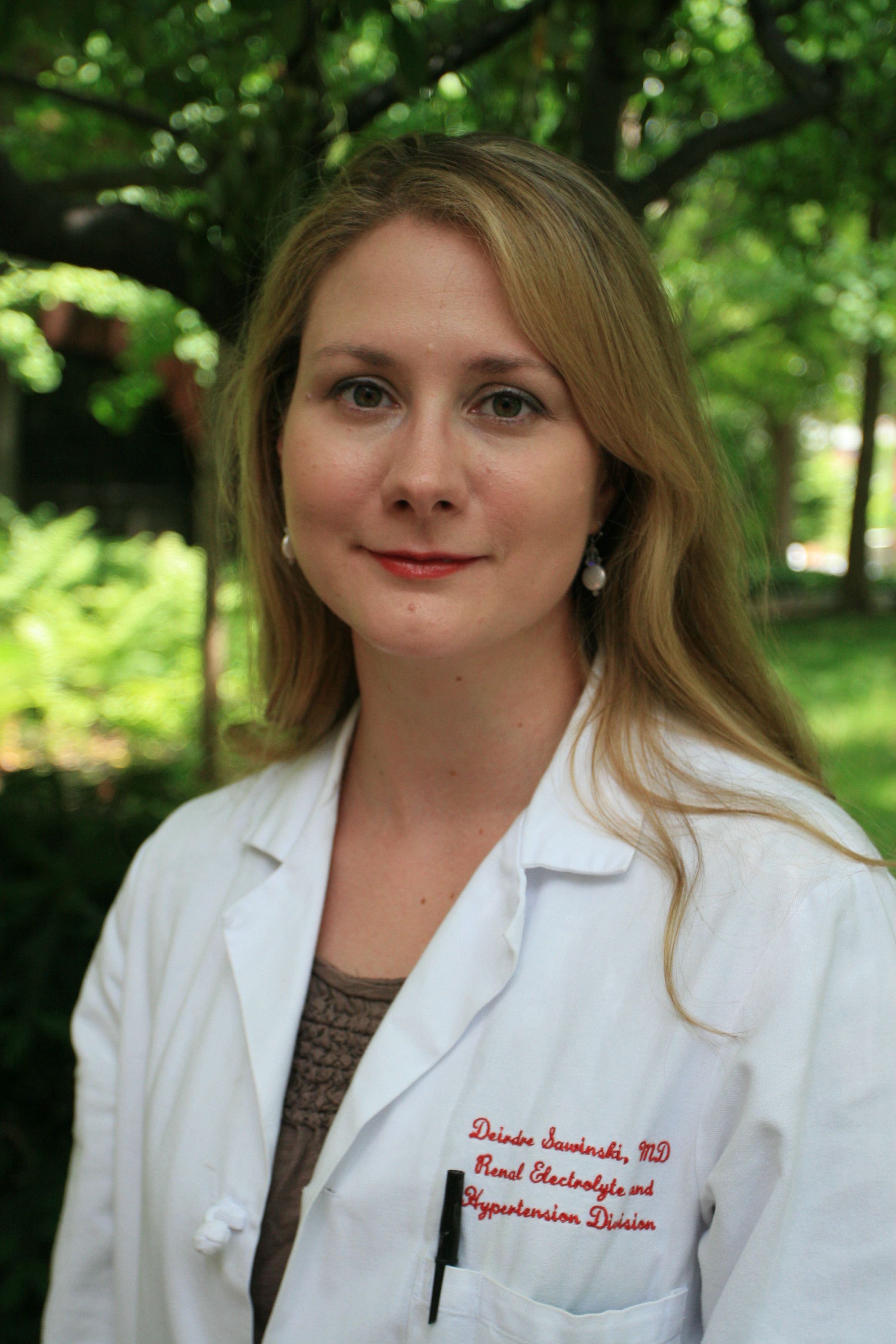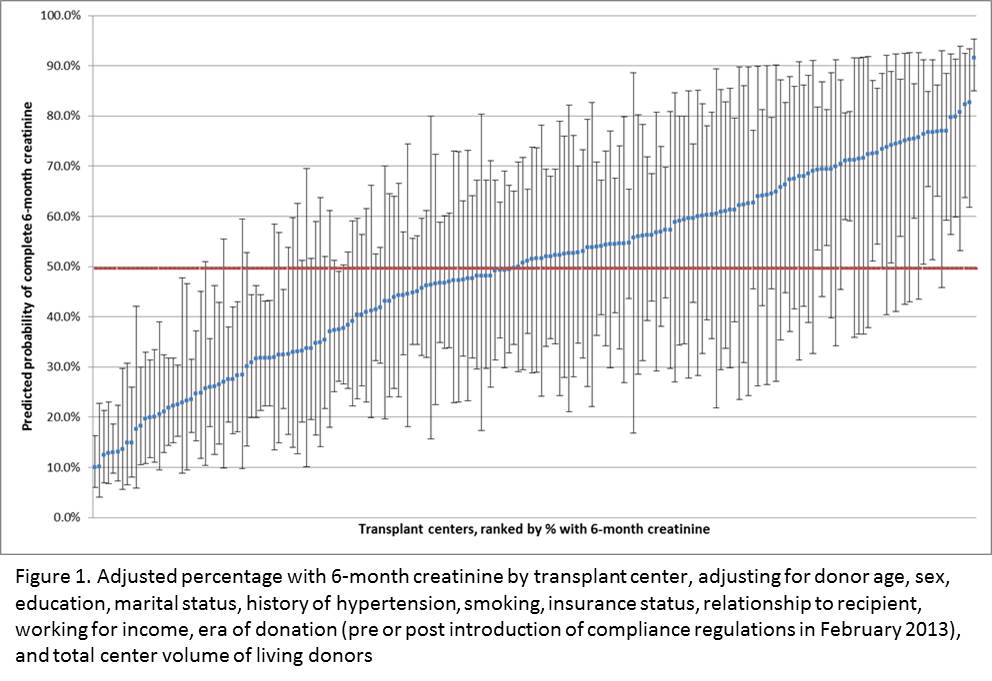
Center Variation in Six-Month Post-Donation Follow-up of Obese Living Kidney Donors
Rhiannon Reed1, Paul A MacLennan1, Brittany A Shelton1, Margaux N Mustian1, Deanna M McWilliams1, Justin Blackburn2, Deirdre Sawinski3, Jayme E Locke1.
1Surgery, University of Alabama at Birmingham, Birmingham, AL, United States; 2Health Care Organization & Policy, University of Alabama at Birmingham, Birmingham, AL, United States; 3Medicine, University of Pennsylvania, Philadelphia, PA, United States
Introduction: While post-donation follow-up in the United States has improved since implementation of minimum center compliance standards, it is still suboptimal and brief (only 2 years total required). Despite being at greater risk for developing post-donation kidney failure, living kidney donors with obesity at the time of donation are more likely to have incomplete post-donation follow-up. We sought to examine whether center-level variation exists in follow-up at 6 months post-donation among a cohort of obese living donors.
Materials and Methods: Using data from the Scientific Registry for Transplant Recipients and the Organ Procurement and Transplantation Network from January 2005-July 2015, we included all adult kidney donors with obesity (body mass index ≥ 30 kg/m2) at time of donation (n=13,831). We used a multilevel logistic regression model with a random intercept for recovery center and empirical Bayes estimates, to explore the presence of center variation in recording of 6-month post-donation serum creatinine.
Results: After adjusting for various donor and center-level characteristics, 24% of the variation in recording of 6-month serum creatinine was accounted for by center (intraclass correlation coefficient: 0.237, p < 0.001). When examining the predicted probability of 6-month creatinine by center, the adjusted probability ranged from 10% to 91.5%, with an average of 49.5% (Figure) and 91 of 192 centers had less than 50% predicted probability of complete 6-month creatinine.
Conclusion: Tremendous variation in recording of 6-month post-donation serum creatinine exists among obese living donors across US transplant centers. Given the increased risk for post-donation kidney failure among obese living donors, center-level efforts targeted specifically at increasing post-donation follow-up should be developed and implemented.
